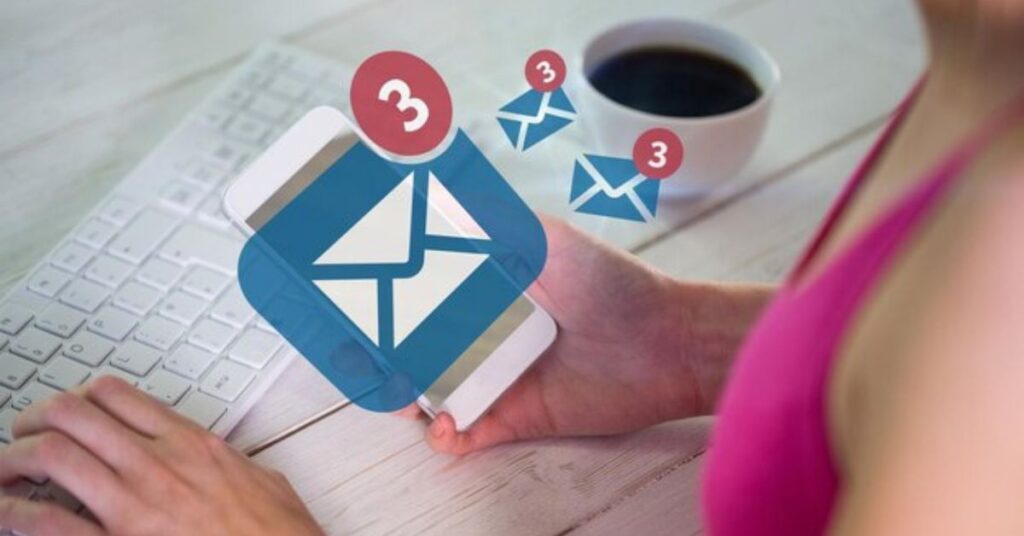Introduction
Formatting HTML emails correctly is essential for ensuring consistent rendering across different email clients and devices. Unlike web development, where browsers follow standardized rules, email clients interpret HTML and CSS differently, leading to potential design and layout issues. This article explores the fundamentals of proper HTML email formatting and highlights common mistakes that can impact the appearance and functionality of your emails. By understanding best practices, such as using inline CSS, structuring emails with tables, and optimizing for Dark Mode, you can create emails that display correctly and provide a seamless experience for recipients. Additionally, we will discuss the importance of testing emails across various clients to identify and resolve potential formatting issues before sending them to users.
Understanding the Basics of HTML Email Formatting
Unlike web pages, HTML emails have strict formatting rules because different email clients interpret code differently. A well-structured email ensures that content displays properly on all devices and platforms. The key to achieving this is following a simple and consistent approach.
One important rule when you design HTML email template is to use tables for layout instead of modern CSS techniques like Flexbox or Grid. Many email clients, especially older versions of Outlook, do not fully support advanced CSS, leading to broken designs. For example, instead of using <div> elements with CSS positioning, you should structure your email using nested <table> elements to ensure a reliable layout.
Another critical aspect is using inline CSS for styling. Many email clients strip out <style> tags placed in the <head>, which can cause formatting to disappear. Instead of writing:
html
CopyEdit
<style> p { color: blue; } </style>
You should apply styles directly inside each tag like this:
html
CopyEdit
<p style=”color: blue;”>This text is blue.</p>
Additionally, always define a fallback font in case a specific one isn’t supported. For example, use:
html
CopyEdit
font-family: Arial, sans-serif;
This ensures that if Arial isn’t available, a similar font will be used.
By following these fundamental practices, you can avoid common mistakes and create HTML emails that are visually consistent across different platforms.
Why Inline CSS is Essential for HTML Emails
When you design HTML email template, one of the biggest mistakes is using external or embedded styles. Unlike web browsers, many email clients do not support <style> tags placed in the <head>. Some even remove external stylesheets completely, making emails look broken.
To ensure your email appears correctly, you should always use inline CSS. This means applying styles directly to each element instead of placing them separately. For example, if you want a button to have a red background, avoid this method:
html
CopyEdit
<style>
.button { background-color: red; }
</style>
<a class=”button”>Click Here</a>
Many email clients will strip out the <style> tag, causing the button to lose its styling. Instead, apply styles inline:
html
CopyEdit
<a style=”background-color: red; padding: 10px; color: white; text-decoration: none;”>Click Here</a>
Another issue is that some email clients, like Outlook, don’t support modern CSS features such as hover effects or animations. To maintain a clean design, rely on simple, well-supported styles.
Additionally, always test your emails on multiple platforms before sending them. What looks great in Gmail may not display correctly in Outlook.
By sticking to inline CSS, you can avoid major formatting issues and ensure that your emails look professional on all devices.
Optimizing HTML Emails for Dark Mode
Dark Mode is becoming increasingly popular across many devices and platforms, and email clients are no exception. To ensure your emails look good in both light and dark modes, it’s essential to be mindful of how colors are rendered.
One of the main challenges when designing emails for Dark Mode is ensuring that text remains readable against dark backgrounds. Many email clients automatically adjust background and text colors in Dark Mode, which can sometimes cause contrast issues. To avoid this, use transparent images and ensure that your background colors are compatible with both themes.
To make your emails more Dark Mode-friendly, consider adding the following best practices:
- Use background colors with good contrast: Dark backgrounds can turn light text into unreadable content, and vice versa.
- Avoid relying on background images: These can be hard to display in Dark Mode and may cause readability issues.
- Test on multiple devices: Make sure your emails render well in both Dark and Light Modes on a variety of clients.
By being mindful of Dark Mode compatibility, you can create emails that look great no matter how the user’s system is configured.
Testing HTML Emails Across Different Platforms
One of the most crucial steps in the email development process is testing. Unlike websites, emails are rendered in many different clients, each with its quirks. Testing ensures your email will look as intended across all platforms.
You should test your emails on the following platforms:
- Gmail and Yahoo Mail (Web-based clients)
- Outlook (Desktop and mobile versions)
- Apple Mail (Desktop and mobile versions)
- Thunderbird
- Mobile devices (Both iOS and Android)
By testing your emails in these clients, you can identify rendering issues that may arise and address them before your emails reach your audience. Using email testing tools like Litmus or Email on Acid can save you time by providing previews of how your email will look across various email clients.
Conclusion
In conclusion, proper HTML email formatting is essential for ensuring that your emails look professional and consistent across different devices and email clients. By following key practices like using inline CSS, structuring your emails with tables, and optimizing for Dark Mode, you can avoid common pitfalls and deliver visually appealing content. Always remember to test your emails on multiple platforms to catch potential issues before they reach your recipients. With careful attention to detail and a focus on compatibility, you can create emails that offer a seamless and enjoyable experience for your audience, no matter which client or device they are using.







